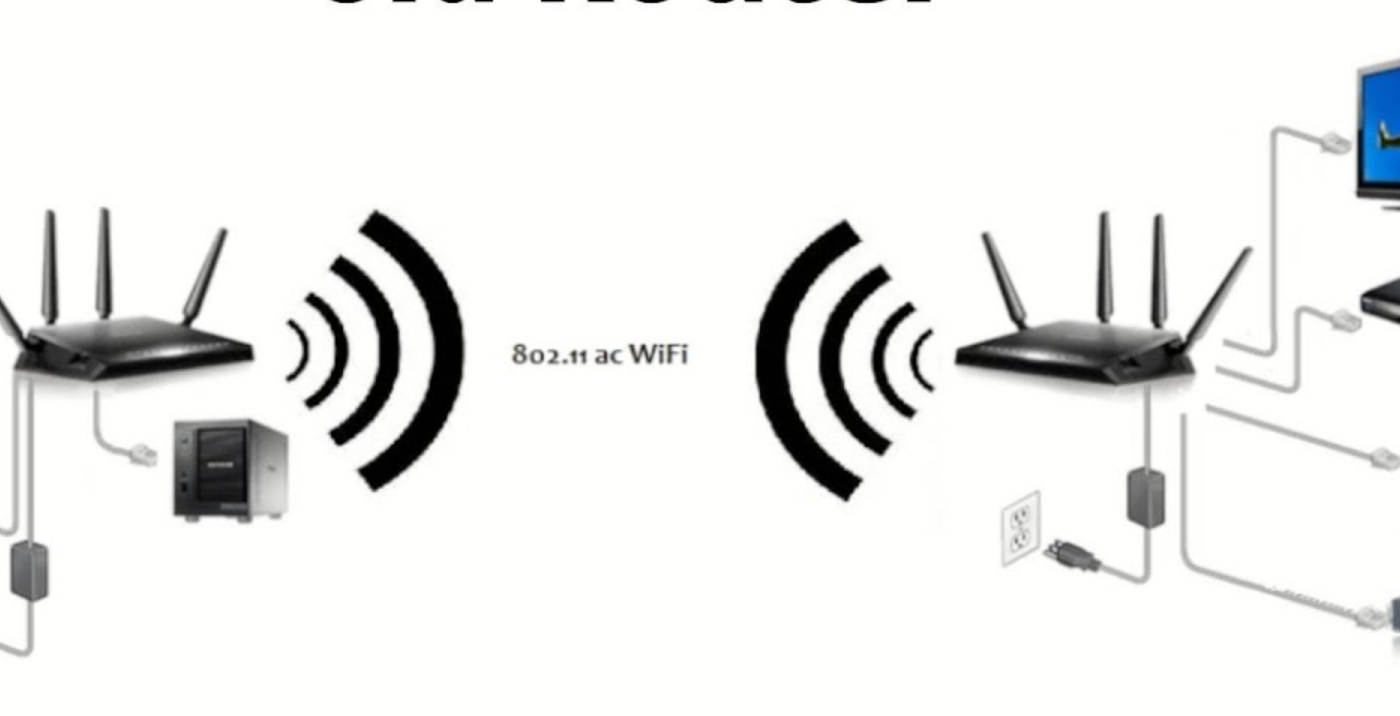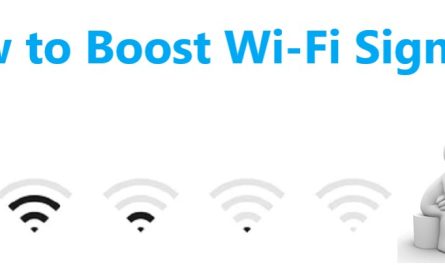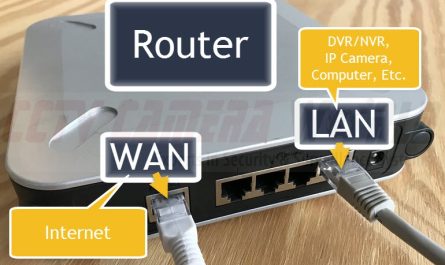One of the great things about having a wireless router is that you can easily connect a second router to expand your network. This is especially useful if you have a large home or office and need better coverage. Here are some simple instructions for connecting a second router wirelessly.
- If you want to connect a second router wirelessly, the first thing you need to do is make sure that your two routers are compatible
- Most routers these days use the 802
- 11g standard, so as long as both of your routers support this standard, you should be good to go
- Once you’ve confirmed that your routers are compatible, the next step is to log into the web-based interface for each router and find the wireless settings page
- On this page, you’ll need to disable the wireless security for each router (most likely by setting the encryption type to “None”)
- With both routers now configured with no wireless security, it’s time to physically connect them together using an Ethernet cable
- Connect one end of the cable to one of the LAN ports on each router – it doesn’t matter which one – and then plug in both routers and power them up
- At this point, both routers should be broadcasting their SSIDs (wireless network names), so you should be able to see both networks when scanning for wireless networks from your computer or other devices
- Try connecting to each network in turn and see if you can access the Internet OK – if not, check that both routers have Internet connections themselves and that all cables are securely connected at both ends!

What are the Benefits of Connecting a Second Router Wirelessly
If you have a second router, you can connect it to your primary router wirelessly. This has a few benefits. First, it extends the range of your wireless network.
This is especially helpful if you have a large home or office and need coverage in different areas. Second, it can help improve performance. If you have a lot of devices connected to your network, adding a second router can help distribute the load and keep things running smoothly.
Finally, it can provide redundancy in case your primary router goes down.
How Do I Set Up a Second Router to Extend My Wireless Network
If you’re looking to extend your wireless network, you may be wondering how to set up a second router. While there are many ways to do this, the most common method is to use what’s called a Wireless Distribution System (WDS). With a WDS, you can connect two or more routers wirelessly, without the need for any cables.
This allows you to extend your wireless range and coverage throughout your home or office. Here’s a quick overview of how to set up a WDS:
1. Choose one router to act as the main “base” unit. This router will be connected directly to your modem. All other routers will be connected wirelessly to this base unit.
2. Configure all routers with the same SSID (name) and password. This will ensure that devices can automatically connect to the strongest signal as they move around your home or office.
3a. For best results, it’s recommended that you use identical routers for each unit in your WDS system (e..g two Netgear Nighthawks). If using different models of routers, check that each one is compatible with WDS before proceeding (see step 4). 3b. If using identical routers, check that firmware on each device is up-to-date. Outdated firmware can cause connection issues in a WDS system
4 . Download the latest firmware from your manufacturer’s website and follow instructions for updating firmly ware on your specific model of router.
5 . Configure each router according to their role in the network. Main Router: The main router must be connected directly to an Internet source, such as a cable modem or DSL modem
6 . Login into the web admin page
7 and navigate to Wireless>Basic Settings and enter desired Network Name (SSID)
8 . Under Mode select Access Point
9. then click Save
10 . Secondary Router(s): Place secondary router(s) in the desired location(s), ensuring there is a clear line of sight between each unit.
What are the Best Settings for Extending My Wireless Network With a Second Router
If you’re looking to extend your wireless network with a second router, there are a few things you’ll need to take into account. First, you’ll need to make sure that both routers are compatible with each other- otherwise they won’t be able to communicate. Second, you’ll need to decide which router will act as the main ‘hub’ and which will be the ‘satellite’.
The satellite router will then need to be configured properly in order to connect wirelessly to the hub router. One of the best ways to configure your satellite router is by using WDS (Wireless Distribution System). This system allows the two routers to share their wireless signal between them without any wired connection.
In order for WDS to work, both routers must have identical wireless settings- including SSID, security type and password. Once WDS is enabled on both routers, they should be able to automatically connect and start sharing their signal. If you’re not using WDS or if you’re having trouble getting it working, another option is to use a wired connection between the two routers.
This can be done by connecting an Ethernet cable from one of the LAN ports on the main router directly into one of the LAN ports on the satellite router. Once this connection is made, you can then configure the satellite router manually by entering in the IP address information from your main router. With a little bit of trial and error, you should be able to extend your wireless network fairly easily!
How Can I Troubleshoot Issues With Connecting a Second Router Wirelessly
If you’re having trouble connecting a second router wirelessly, there are a few things you can try to troubleshoot the issue. First, make sure that both routers are on the same channel. If they’re not, one of the routers may be interfering with the other.
You can also try resetting both routers and starting from scratch. Finally, if all else fails, you can try connecting the two routers via an Ethernet cable and setting up a wired connection between them.
✓ How to Connect Two Routers on one Home Network Wireless 2018
Conclusion
Assuming you already have a router set up and working wirelessly, you can connect a second router to extend the wireless signal. You will need an Ethernet cable to connect the two routers. Once connected, log into the second router’s web interface and find the Wireless Settings page.
On this page, you will need to set the SSID (name of your wireless network) and password to match those of your first router. Finally, save your changes and reboot the second router. Your extended wireless network should now be up and running!





